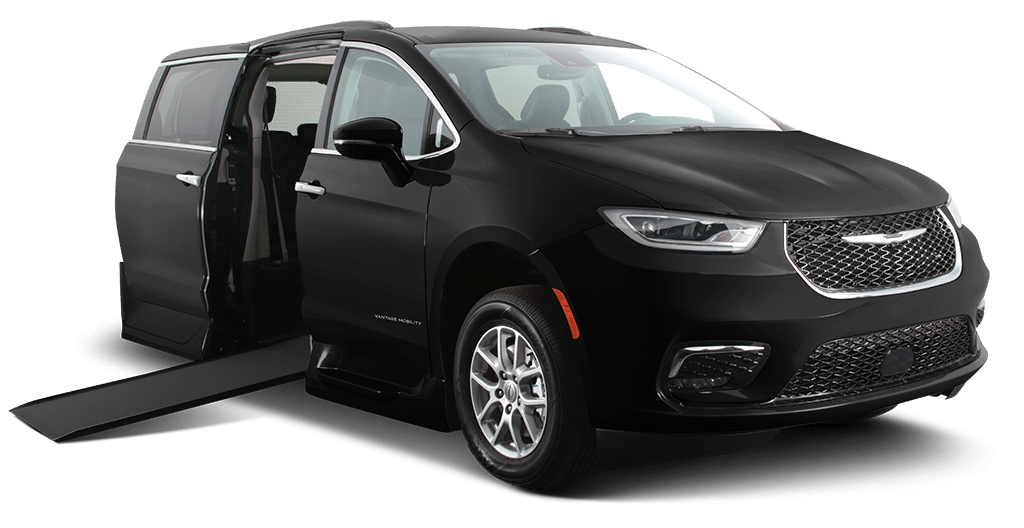People with disabilities are capable of anything they set their minds to — and sports are no exception.
Adaptive sports, otherwise known as para-sports or sports for people with disabilities, are just that. These sports promote mobility, community and excitement while offering physical benefits for people with disabilities.
Adaptive sports span a broad spectrum, from mild modifications on traditional games to the invention of brand new sports as a whole. Whether you’re a seasoned athlete or just looking to jump into the action for the first time, there’s sure to be a sport for you.
Traditional Adaptive Sports
Many adaptive sports are a nod of the cap to mainstream sports, such as basketball, soccer, baseball, tennis and hockey. Not surprisingly, there are youth and adult leagues for both individual options (like fishing, bowling and Bocce) and team activities.
General formats typically remain the same and may serve as a great entry point for newcomers to pull from their familiarity of the sport and its strategy. Joining a team is also a great way to make new friends, establish workout partners, find a carpool buddy and build community. Not to mention, sports are a great excuse to burn calories, and maybe even get some fresh air.
Interestingly enough, adaptive sports and their athletes have inspired brilliant technology for participants with disabilities. Whether you are paraplegic, blind or have some other disability, if you use a wheelchair, wear a brace, drive a mobility vehicle or have other equipment to accommodate your needs, para-sports have options for you. Adaptive technology is available for a wide range of sports and includes a variety of equipment, such as:
- Ringing soccer balls
- Forearm fishing supports
- Retractable-handle bowling balls
The goal of this type of equipment is to provide you more independence and freedom so you can focus on the fun.
Adventurous Outdoor Para-Sports
If traditional is a bit too tame for your liking, many adventurous outdoor sports are also out there.
From horseback riding and biskiing, kayaking and even downhill biking, adaptive sports are conquering the court, the slopes and everything in between. Not unlike their traditional counterparts, adventure sports are a great way to reclaim range of motion, build muscle, clear the head and get a healthy kick of adrenaline from time to time.
Some athletes, like Aaron “Wheelz” Fotheringham (born with Spina Bifida), have even broken into the extreme sports venue, proving sometimes a wheelchair ramp can be inspiration for larger ramps.
Where to Start
It’s easy to start a new sport or join a team. As long as you keep a few of the fundamentals in mind, you’ll be having a blast in no time.
Here are some basics to help you dive in:
- Search your community for leagues and events
- Join a team and/or find a mentor (someone who can show you the ropes)
- Upgrade your equipment if you’re really serious
- Practice makes perfect
Remember that everyone had to start somewhere and athletic skill is often the accumulation of effort. What’s most important is a willingness to learn and a desire to have fun.
And chances are, there is a team somewhere looking for a person just like you!



















